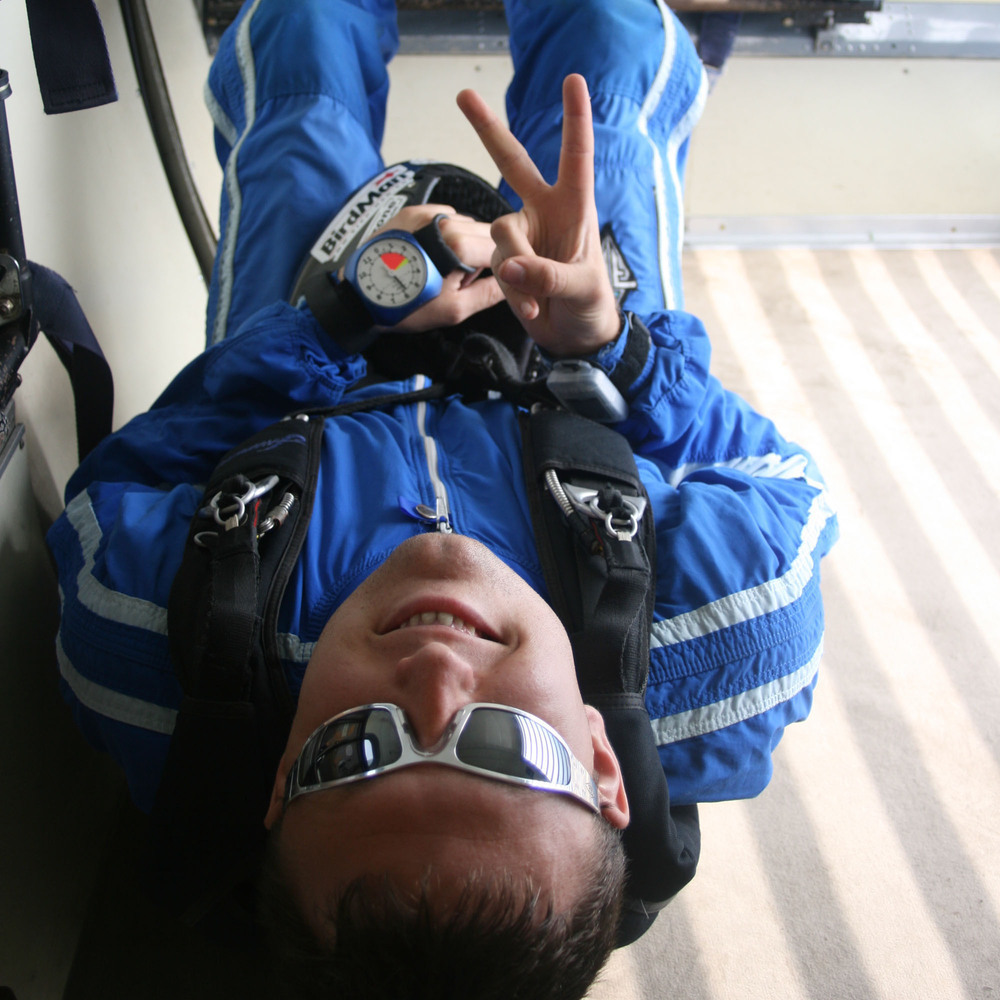Recommended Posts
rhino 0
QuoteA Crossfire has a negative recovery arc so it will stay diving after you let the risers up.
My crossfire2 will level out just fine where the recovery arc is conerned. Not being in the corner to begin with in any canopy is a great preventative measure. It is the ONLY preventative measure.
Rhino
AndyMan 7
I don't know about the crossfire 2, because I've never jumped it, but I do know the Samurai. If you put it into a dive, it will maintain part of that dive until you give it some toggle input.
This allows you to do your turn up even higher, ride the dive down until it's time to plane out. It gives a whole new way to setup your approach.
_Am
This allows you to do your turn up even higher, ride the dive down until it's time to plane out. It gives a whole new way to setup your approach.
_Am
__
You put the fun in "funnel" - craichead.
You put the fun in "funnel" - craichead.
rhino 0
Not directed at anyone in particular. But if one can't land "his" own canopy "one" probably shouldn't be giving advice in the swooping and canopy control forum..  For example if "one" had two broken feet for example??
For example if "one" had two broken feet for example??  Maybe that "one" should be reading instead of posting?
Maybe that "one" should be reading instead of posting?
Again.. Not directed at anyONE in particular to avoid the personal attack issue.
Rhino
Again.. Not directed at anyONE in particular to avoid the personal attack issue.
Rhino
PhreeZone 15
Agreed.. the continuing dive of the Samauri caught me off guard at first too. It will continue to dive after a turn unlike most other canopies I've jumped that will start to level out after coming around the corner.
Yesterday is history
And tomorrow is a mystery
Parachutemanuals.com
And tomorrow is a mystery
Parachutemanuals.com
AndyMan 7
It wasn't my canopy. It was phree's, and the first ankle was done running.
That said, I only made that post because I think you missed the point of the previous one.
_Am
That said, I only made that post because I think you missed the point of the previous one.
_Am
__
You put the fun in "funnel" - craichead.
You put the fun in "funnel" - craichead.
QuoteIt will continue to dive after a turn unlike most other canopies
Hmmm...sounds like something I need to try out....The sharp recovery arc is what I hate about my Stilletto.


In the U.S. we use inches of mercury and a 1 inch variation equals about a 1000 foot variance -- so it's pretty easy.
Since local barometric pressure only varies about 1 inch in total anyway (about 500 feet either side of normal), I think you can see it's not usually the most sigificant factor here -- temperature is.
Again, for exact calculations, I'd use a calculator, but that's usually not required for the types of things we're doing.
As for getting the information via radio from some automated weather service, it's going to depend (In the U.S. at least) on what specific information the automated weather service gives -- not all are created equal and some are just damn near worthless. I have no idea what kind of automated weather via radio you can get in the U.K..
The World's Most Boring Skydiver
Share this post
Link to post
Share on other sites